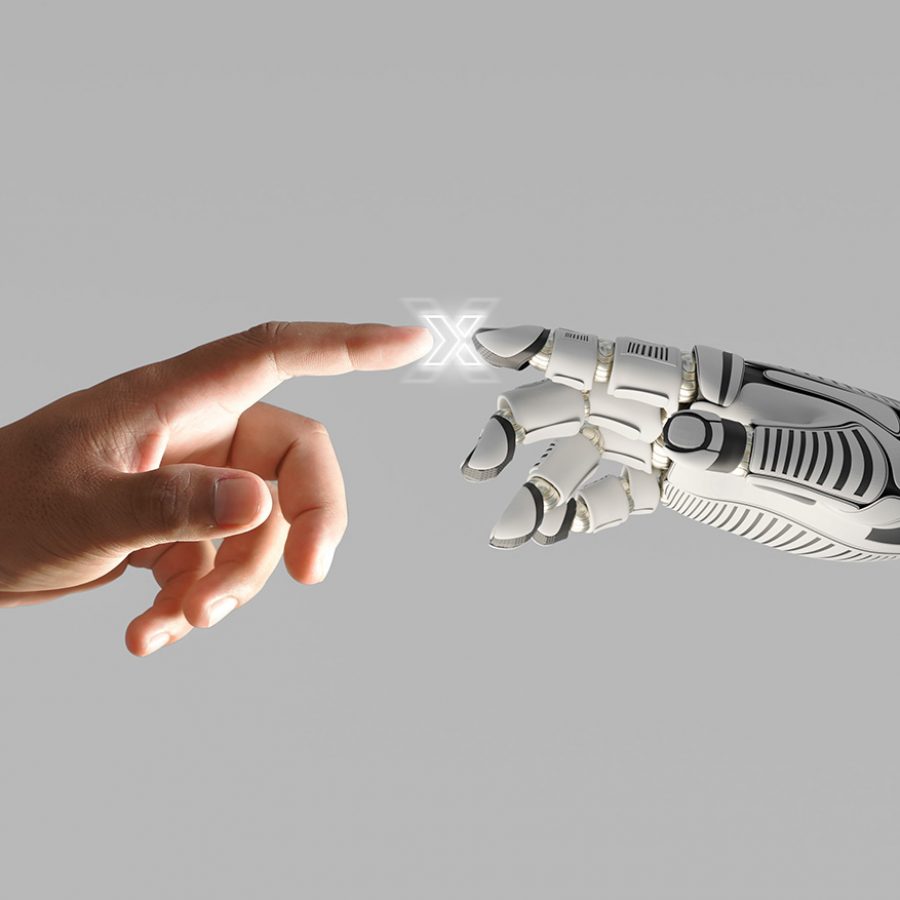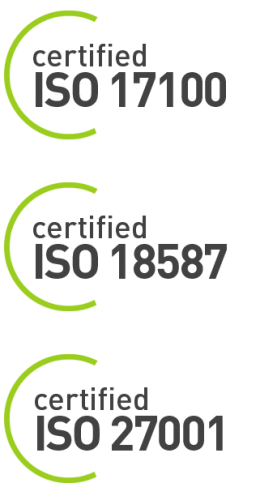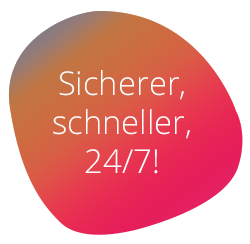Post-editing at comtexto
So good that it’s been certified
comtexto is specifically certified for post-editing and MT technology, among other things. ISO 18587 certification ensures that our services meet a verifiable standard and sets out the requirements for all those involved in the process. In addition, ISO 18587 certification guarantees that we use only qualified translators who regularly undergo further training in the field of post-editing.


Post-editing
What is post-editing?
Machine translation (MT) in combination with artificial intelligence or an artificial neural network (hence NMT for Neural Machine Translation) now makes translations fast and cost-effective. Even though the quality of the translations generated has improved in recent years, they are primarily used to gain information quickly or for internal communication, for example. However, since an error-free and consistent translation is not yet possible with machine translation, professional post-editing
is required for machine-generated texts. The extent of post-editing required largely depends on the raw machine output and the subsequent purpose of the translation. Post-editing at comtexto is carried out by experienced specialist translators who have received specific training. They correct, supplement and harmonise the machine-generated translation and adapt it to the relevant specialist terminology and, if necessary, to the customer’s corporate language.
What are the different types of post-editing?
There are two types of post-editing depending on the requirements the text is expected to fulfil and on the area of application.
Light post-editing
The aim of light post-editing is simply to ensure that the text is comprehensible. The style and flow of the text are not modified. Even punctuation that is not entirely accurate, or the occasional uncorrected spelling mistake, can be tolerated. The reader must be able to understand the information in the text.
Full post-editing
Compared to light post-editing, full post-editing is a slower and more thorough process that must produce a completely accurate translation that uses the correct terminology throughout, applies the right tone and style, and has no stylistic inconsistencies, discrepancies or grammatical errors. After full post-editing, the result comes very close to a human translation.
Your direct connection to us!
Are you already familiar with our customer portal mycomtexto? It allows you to easily submit and manage your translation orders.
mycomtexto offers you various advantages:

Certified quality and security
Highest quality and security standards
The multiple certification of our services guarantees the highest quality and security standards.
ISO 17100 certification ensures the evaluation of translation quality according to objective criteria, for example. The standard also specifies the skills and qualifications required by translators and revisers, in addition to other conditions.
Our ISO 18587 certification ensures that we meet the same high standards for post-editing as for human translation.
Thanks to ISO 27001 certification, comtexto is triple ISO certified. One thing is certain: your data is safe with us. This is because the ISO 27001 certification for information security is recognised worldwide. Among other things, it ensures that all aspects of risk management with regard to information processing procedures comply with the latest standards.

Do you have any questions about post-editing?
Your personal contact, Claudio Waldburger, will advise you in detail on which post-editing process is suitable for your text.

